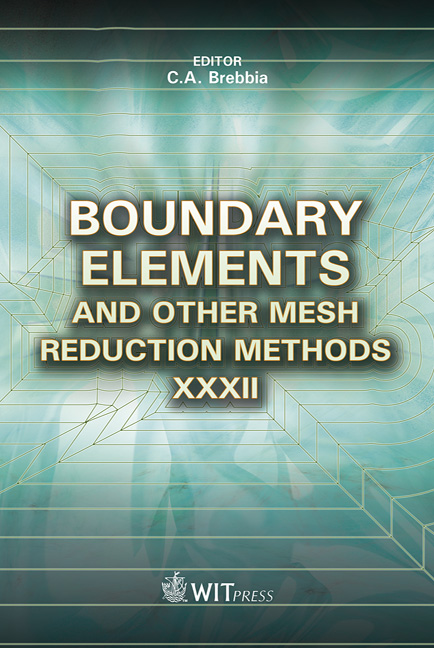Boundary Element Solution Of Thermal Creeping Flow In A Nano Single Mixer
Price
Free (open access)
Transaction
Volume
50
Pages
14
Page Range
15 - 28
Published
2010
Size
735 kb
Paper DOI
10.2495/BE100021
Copyright
WIT Press
Author(s)
C. Nieto, H. Power & M. Giraldo
Abstract
In order to employ continuum models in the analysis of the flow behaviour of a viscous Newtonian fluid in micro scale devices, it is necessary to consider at the wall surfaces appropriate slip boundary conditions instead of the classical non-slip condition. The slip behaviour in the case of micro fluid flow of rarefied gases is associated with the combined effect of reduction in momentum transfer due to the reduction in the number of molecules (shear creep) and the thermal creep or transpiration, which as a consequence of inequalities in temperatures, forces the fluid to slide over a surface from colder to hotter regions. In this work a boundary integral equation formulation for Stokes slip flow, based on the normal and tangential projection of the Green’s integral representational formulae for the Stokes velocity field, which directly incorporates into the integral equations the local tangential shear rate and heat flux at the wall surfaces, is presented. The tangential heat flux is evaluated in terms of the tangential gradient of the temperature integral representational formulae presenting singularity of the Cauchy type, which are removed by the use of an auxiliary field. These formulations are used to simulate a Single rotor mixer and analyze the combined effect of both shear and thermal creep effects over mixer performance. Keywords: linear slip boundary conditions, boundary element method, rotating mixers, thermal creep.
Keywords
linear slip boundary conditions, boundary element method, rotating mixers, thermal creep





